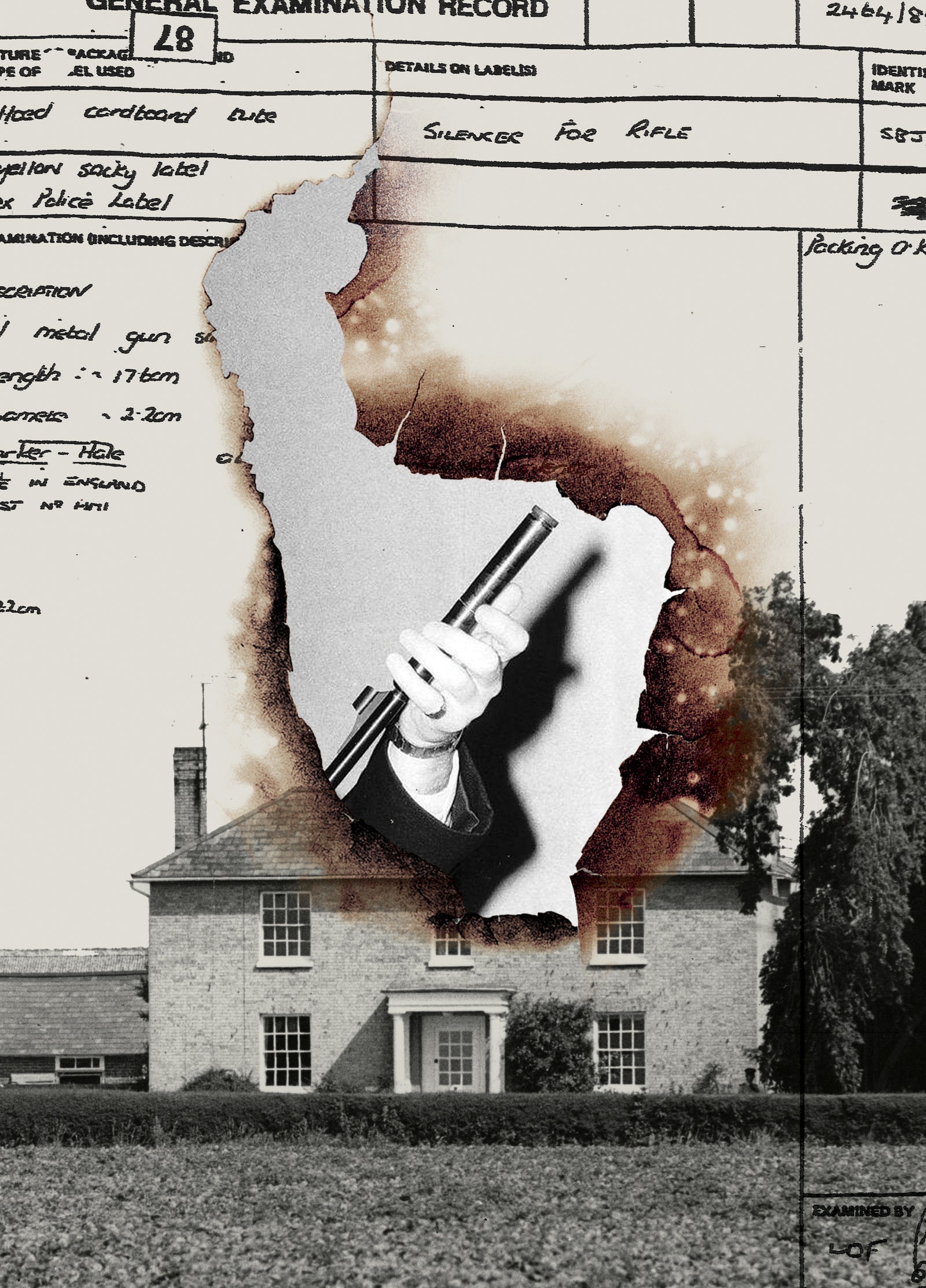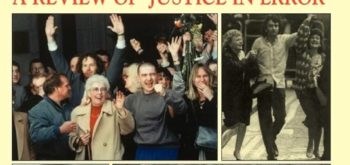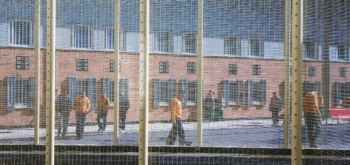A fresh investigation into the case of Jeremy Bamber, convicted of murdering his family in 1985, has revealed ‘significant evidence’ and police failings that may indicate he was wrongly convicted. A 17,000 word article published this week in the New Yorker by Heidi Blake (Did the U.K.’s Most Infamous Family Massacre End in a Wrongful Conviction?) has uncovered new findings after an eight-month probe into the notorious case.
 These include evidence that police officers interfered with the crime scene at Whitehouse farm where the murders took place, including moving a Bible found next to Sheila Caffell, Bamber’s sister who was originally suspected of having committed the murders and taken her own life. Firearms officers who were first on the scene apparently confirmed that photos of the crime scene looked different to what they saw when they first arrived.
These include evidence that police officers interfered with the crime scene at Whitehouse farm where the murders took place, including moving a Bible found next to Sheila Caffell, Bamber’s sister who was originally suspected of having committed the murders and taken her own life. Firearms officers who were first on the scene apparently confirmed that photos of the crime scene looked different to what they saw when they first arrived.
This is the second major investigation by the New Yorker raising concerns about the safety of a conviction on this side of the Atlantic in recent months – New Yorker staffer Rachel Aviv was the first journalist to raise serious concerns from experts about the Lucy Letby case in a 13,000 word investigation. That investigation led to the former government minister Sir David Davis MP raising the concerns in parliament and calling on the Lord Chancellor to end the Draconian media restrictions that until recently presented the UK press raising concerns – see here.
Both New Yorker articles highlight problematic systemic issues at the heart of our justice system. Heidi Blake focuses on the crisis-hit miscarriage of justice watchdog, the Criminal Cases Review Commission, which (she reveals) has only managed to review three of nine potential grounds of appeal identified by Bamber’s lawyer Mark Newby since an application as made in 2021. ‘At that pace, its could six more year before the review its finished,’ Blake writes. By then, she adds, Bamber would be almost 70 years old.
Mark Newby welcomed the New Yorker investigation into troubling case which he told the Justice Gap identified ‘significant further fresh evidence’ and, in particular, interference with evidence. ‘According to Ms Blake’s investigations we have the clearest evidence that the crime scene was interfered with by senior officers and this adds to evidence which we have already supplied to the CCRC,’ Newby said. ‘In addition, there is also evidence over a call from within Whitehouse farm at 6.09am which supports the fact that something was occurring within Whitehouse Farm at a time when Jeremy Bamber was not present.’
Heidi Blake highlights recent criticisms of the CCRC and argues that the statutory ‘real possibility’ test (the CCRC can only refer cases back to the Court of Appeal where it believes there is the real possibility that the court will overturn a conviction) ‘forces its caseworkers to think like judges, rather than like investigators’. The Law Commission is presently reviewing our system of criminal appeals including concerns over the ‘real possibility’ test which has been criticised for leading to an overly ‘deferential’ CCRC . She also focuses on how the Coalition government’s austerity cuts have impacted on the watchdog body. She writes: ‘After 2010, the CCRC lost more than a third of its funding. Yet it’s commissioners – who now mostly work one day a week from home – have seen caseloads double.’
Speaking to the Justice Gap, Blake explained her interest in the Bamber case which she said she had followed ‘for a while – but it was the revelations about the CCRC’s failings in the Malkinson and Nealon cases that prompted me to dive into the evidence now’. ‘I think perhaps the British media has been too willing to accept that the CCRC is functioning effectively as a check on miscarriages of justice,’ she commented. ‘When I understood just how flawed the organisation’s rulings could be, I wanted to look deeper into the discrepancies in the Bamber case that the CCRC has brushed aside for so long, as well as to hunt for fresh evidence that could send genuinely new light on the case.’
Newby is ‘deeply concerned’ at the lack of progress of the CCRC review into the Bamber case which had ‘already taken over three and a half years to this point’ and called into question its ability ‘to actually do justice to the evidence’. ‘This is of no surprise to us in view of the general malaise in the CCRC and concerns over its leadership,’ he said referencing the recent scathing Henley review following the exoneration of Andrew Malkinson. ‘We support the need for a root and branch review of the CCRC and how it investigates cases which seems generally rooted in reactive desktop reviews with little ambition or drive to be bold in advancing cases to the Court of Appeal.’
The solicitor also highlights the New Yorker’s revelation of ‘the potential presence of DNA in the moderator’ or silencer – the finding of a silencer in a cupboard at the White House farm three days after the murders was vital in persuading the jury of his guilt and subsequently became key to attempts to overturn his conviction. The prosecution argued that it was attached to the rifle during the killings which would have made it too long for Caffell to have shot herself. Blake records that jurors asked the judge to clarify whether blood on the silencer was ‘a perfect match’ for Shelia. ‘The judge assured them that it did not match anyone else,’ Blake says. ‘They returned their verdict 21 minutes later.’
The New Yorker raise a number of concerns about the mishandling of the silencer casting doubt on the value of the blood as evidence. ‘Taken as a whole this thorough investigation adds considerable weight to the detailed and substantial concerns which have already been put before the Commission,’ Newby said.
Support the Justice Gap, buy PROOF








